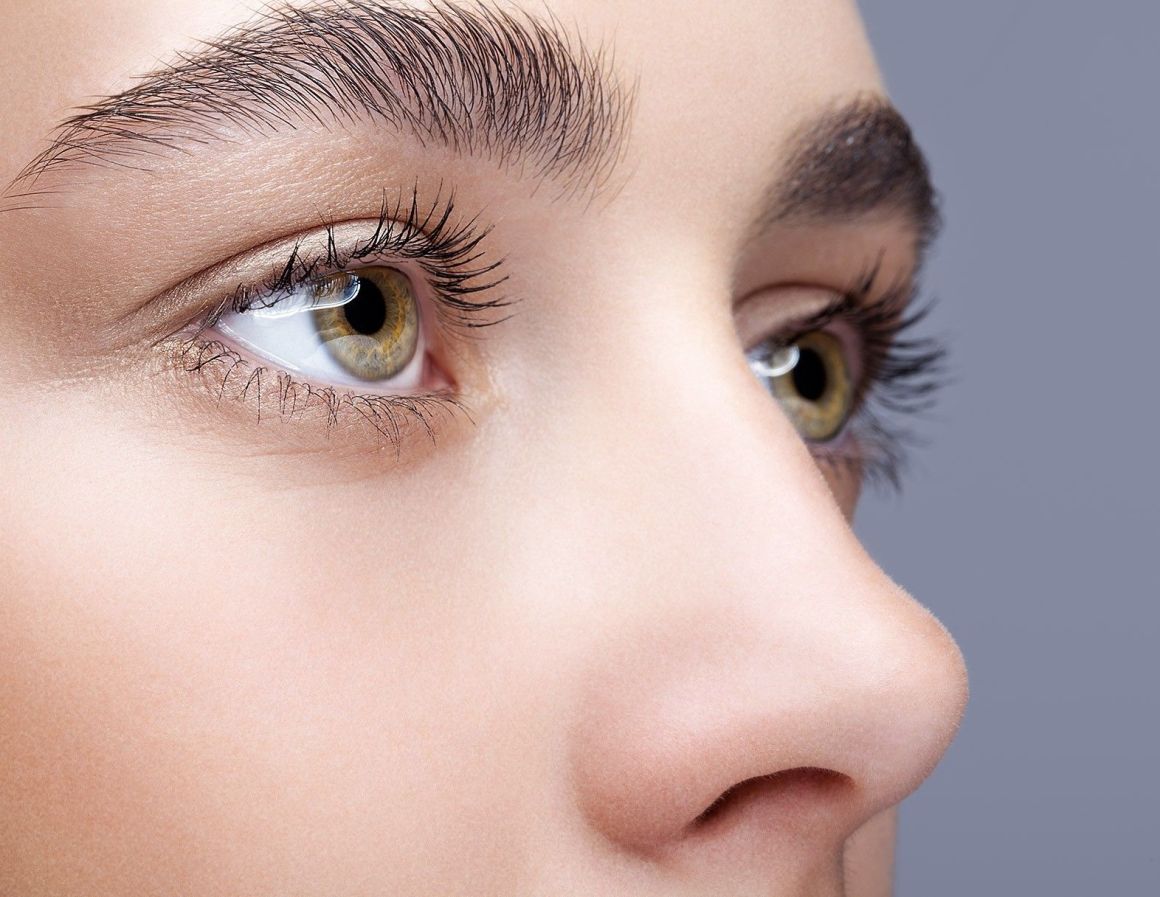Refaire son nez est une démarche personnelle qui peut transformer votre visage et au-delà de ça votre quotidien, notamment lorsqu’il s’agit d’un complexe.
Que ce soit pour des raisons esthétiques ou fonctionnelles, la rhinoplastie, ou chirurgie du nez, est une solution qui s’adresse à ceux qui souhaitent harmoniser leur profil ou résoudre des problèmes respiratoires.

Bilan personnalisé
Vous hésitez entre rhinoplastie médicale ou chirurgicale ?
Nos médecins sont là pour vous informer !
Qu’est-ce que la rhinoplastie ?
La rhinoplastie est une intervention médicale ou chirurgicale qui vise à modifier la forme, la taille ou la structure du nez.
Elle peut être réalisée à des fins :
- Esthétique afin d’améliorer l’apparence du nez.
- Fonctionnelle, pour corriger des problèmes respiratoires ou des anomalies structurelles telle qu’une déviation de la cloison nasale.
- Reconstructrice, suite à un traumatisme ou une précédente intervention non satisfaisante.
Cette opération est parmi les plus demandées dans le domaine esthétique
Les différents types d’interventions
Il existe plusieurs types d’interventions pour refaire son nez, en fonction des besoins et des attentes de chaque patient. Voici un aperçu des principales options.
Cette intervention vise à modifier l’apparence du nez pour améliorer l’harmonie du visage. Elle permet de :
- Affiner une pointe trop large ou tombante.
- Gommer une bosse sur l’arête.
- Rectifier une asymétrie ou raccourcir un nez jugé trop long.
C’est une solution idéale pour ceux qui souhaitent se sentir plus confiant, mettre fin à un complexe.
Ici, l’objectif principal est d’améliorer la respiration et/ou de corriger des anomalies internes. Elle est souvent réalisée pour :
- Corriger une cloison nasale déviée.
- Traiter des troubles respiratoires.
- Réparer les séquelles d’un traumatisme ou d’une malformation congénitale.
Dans certains cas, une rhinoplastie fonctionnelle peut être combinée avec des modifications esthétiques.
Ici l’objectif est de reconstruire un nez endommagé à la suite d’un accident, d’une maladie ou d’une précédente opération dont le résultat n’a pas été satisfaisant.
Pour des ajustements légers, il est possible de recourir à une rhinoplastie sans chirurgie. Cette méthode consiste en des injections d’acide hyaluronique pour :
- Atténuer une bosse légère.
- Rééquilibrer le profil nasal.
- Relever légèrement la pointe.
C’est une alternative rapide, sans anesthésie ni cicatrice, mais les résultats sont temporaires (6 à 12 mois).
La rhinoplastie ethnique est une intervention conçue pour respecter et mettre en valeur les spécificités culturelles et morphologiques de patients issus de différentes origines. Elle vise à équilibrer le nez tout en conservant les caractéristiques uniques liées à l’ethnicité de chaque individu. Il est important de choisir un chirurgien ayant de l’expérience sur ce type d’intervention. Comme toute rhinoplastie, il est possible d’y inclure des corrections fonctionnelles.
Par exemple :
- Réduire une largeur excessive de la base du nez.
- Ajouter du volume ou renforcer la structure nasale, souvent réalisée grâce à des greffes de cartilage.
- Rectifier une pointe peu définie ou aplatie.
Chaque type d’intervention répond à des besoins spécifiques. Pour choisir la solution la plus adaptée, une consultation avec un chirurgien qualifié est essentielle.
Quelles solutions pour refaire son nez ?
Il existe différentes approches, chacun ayant ses avantages et inconvénients.
La rhinoplastie médicale est plutôt accessible en termes de prix, elle répond à un besoin purement esthétique.
Elle offre une solution rapide, sans anesthésie ni éviction sociale.
Le résultat est immédiat, mais éphémère, il faudra prévoir des retouches annuelles.
La chirurgie du nez est plus onéreuse, mais le résultat est définitif, aucune retouche n’est à prévoir.
Elle se déroule sous anesthésie et convient à tous types de besoin (esthétique, fonctionnel et réparateur). Le résultat final sera visible 9 à 12 mois post opération.
Pour en savoir plus sur leurs spécificités et le process, consultez les pages dédiées !
Refaire son nez est une décision importante qui doit être mûrement réfléchie.
Que vous choisissiez une approche chirurgicale ou médicale, le plus important est de consulter un professionnel qualifié, qui saura conserver vos spécificités ethniques.


